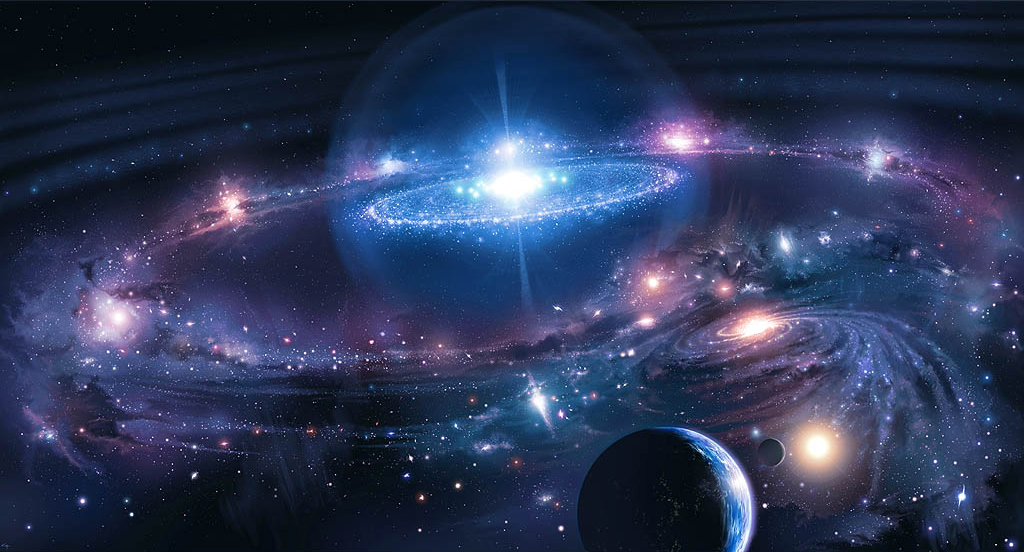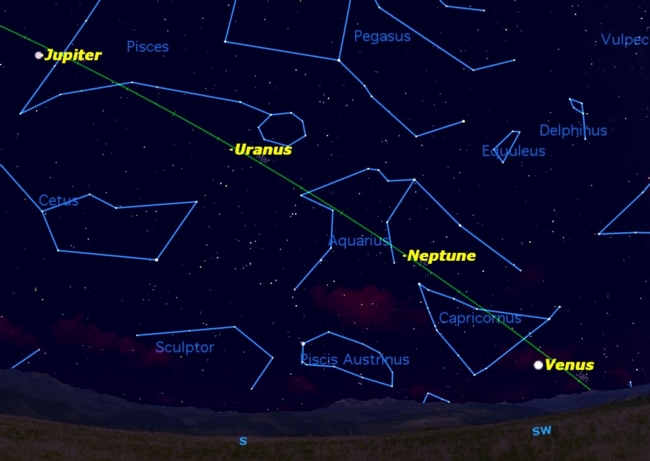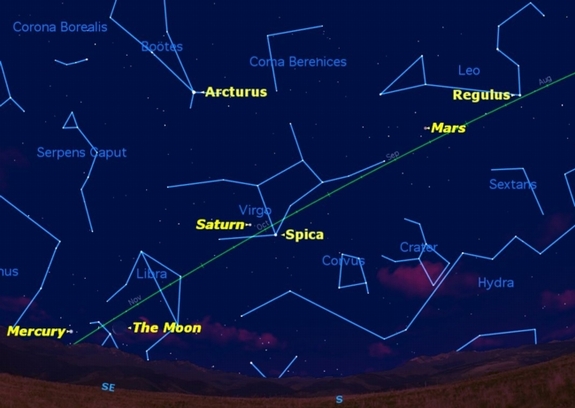
(Web Blog)
RARE 7 PLANETS VISIBLE
DECEMBER 23, 2011
COMMENT: Is this rare alignment signifying multiple Major Earthquakes within the next 7 days? Watch & Pray.
RARE SIGHT!!! SEE ALL 7 PLANETS IN THE NIGHT SKY THIS WEEK
http://www.space.com/14005-rare-sight-7-planets-visible-skywatching-tips.html

This week presents a rare opportunity to see all the major planets of the solar system in a single night.
Just after sunset tonight the two brightest planets will be shining, weather permitting. Venus, the brightest, rides low in the southwest just above the setting sun. Jupiter, the second brightest planet, is high in the south.
If you have a telescope, you can find Uranus and Neptune between Venus and Jupiter. The sloping line across the sky that the four planets define is called the ecliptic, because it is the line along which eclipses take place.
The sky maps of the planets available here show where to look to try to spot them this week.
Get up around 6 a.m. local time tomorrow morning, and you can see the rest of the planets. The ecliptic is now sloping in the opposite direction, and along it are arrayed Mercury, the moon, Saturn, and Mars. In the background are three of the brightest stars in the sky: Arcturus, Regulus, and Spica. [Photo Tour of the Solar System's Planets]
Pay particular attention to Spica because, over the next year, the moon will make numerous close passes near Spica, actually passing in front of the star and occulting it on a few occasions. Such close approaches between astronomical objects are called conjunctions. While not of much importance to modern astronomers, they are always interesting to observe.

Tonight's array of the planets is the opposite of a conjunction. None of the planets are particularly near each other. What makes this event special is that the planets are almost equally spaced around the ecliptic, the only large gap being between Mars and Jupiter, 135 degrees. Your closed fist held at arm's length covers about 10 degrees of the night sky.
The only time you can see both Mars and Jupiter tonight is around midnight. Jupiter will be setting in the west just as Mars is rising in the east.
So, try to get out there tonight and see how many of the planets you can see.
Uranus and Neptune will be difficult in the evening, because they are faint and require a telescope. Mercury will be difficult in the morning because it will be close to the rising sun, but use the thin crescent moon as a guide to its location.
If you're clouded out tonight, keep trying over the next week, as the planets don't move very quickly.
One planet might get overlooked: the Earth. After you've looked at the seven major planets in the sky, don't forget to look down at your feet and see your home planet.
If you snap a stunning photo of the planets tonight and would like to share the experience with SPACE.com, send images or comments to Managing Editor Tariq Malik at: tmalik@space.com.
Share this with all you know.
We accept donations for our non profit work.
![]()
![]()
![]()
![]()
ORDER OF MELCHIZEDEK
www.atam.org
melchizedek88@yahoo.com
-----------------------------------------
Age To Age Ministries Int'l
P O Box 7113
Surprise, AZ 85374
------------------------------------------